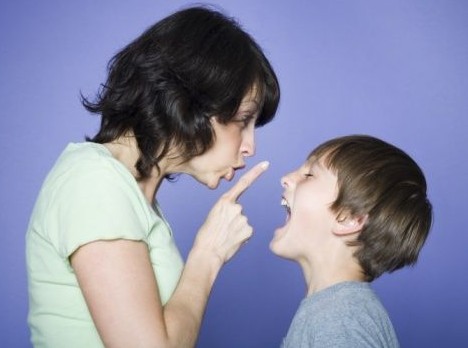Dr. Toy
Posted on May 18, 2009 at 8:00 am
Stevanne Auerbach is better known as “Dr. Toy,” and she and her website are great resources for parents on issues of toys and ply. Her book is Dr. Toy’s Smart Play: How To Raise A Child With a High PQ (Play Quotient), a guide not just to what toys are safe and appropriate but to what toys best engage the imagination and curiosity of children and how best to help them get the most fun — and the most learning — of the toys they get. Her website allows you to search by age and it also has information on green toys and on donating toys that have been outgrown. She even has a link to online directions for board games, to help settle disputes. Dr. Toy answers questions from parents on the site as well, a list of the all-time best toys, information about games, and guidelines in more than a dozen languages, so be sure to check it out.
The book is an indispensable guide for parents. The “work” of young children is play. It is through their imaginative play that they process their understanding of the world and learn everything from constructing a narrative to taking turns. The book has very useful information about guiding children to the kind of play they will find most satisfying and inspiring, play that will enable them to develop a sense of independence, mastery, and confidence. It has wise counsel on the pros and cons of gender-specific toys and information about toys for children with special needs and special talents. It has lists of the top 100 toys and the craft supplies that every family should have on hand every day. It is a welcome reminder of the importance of play for both children and their parents.


